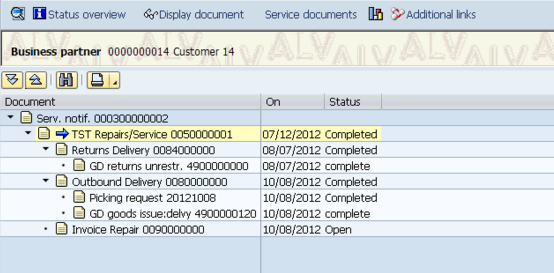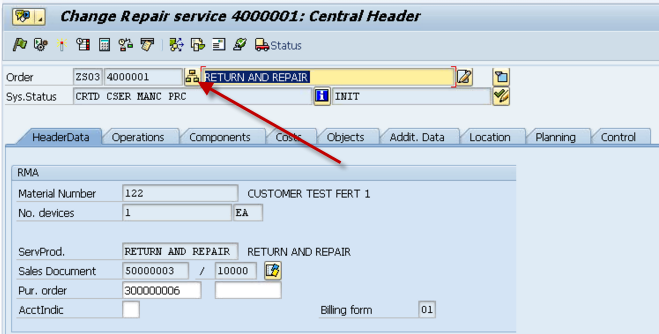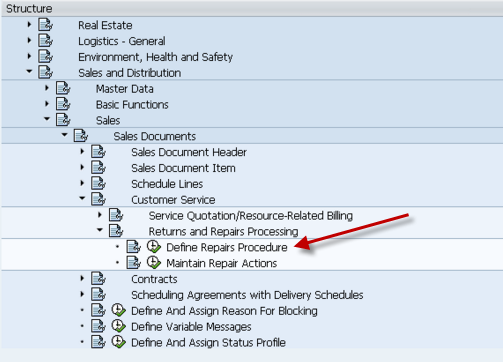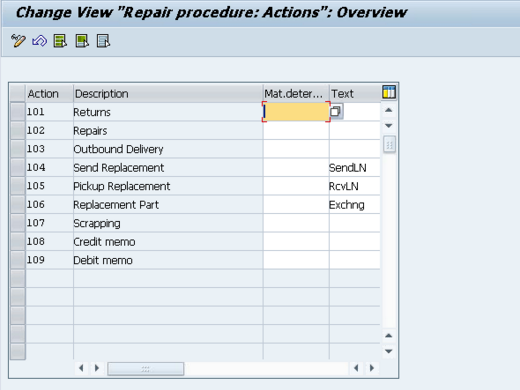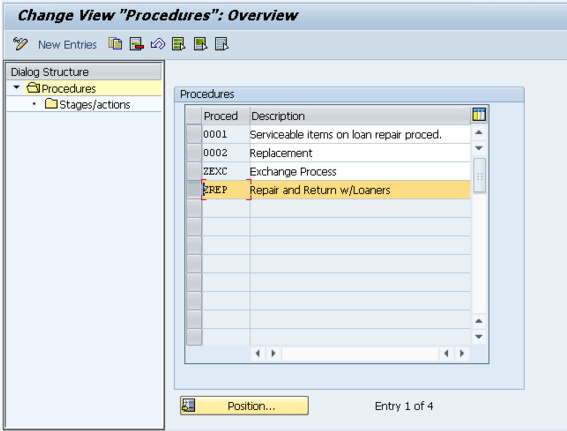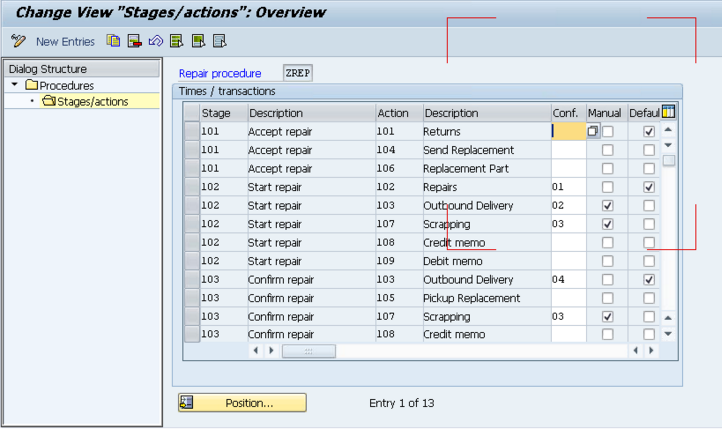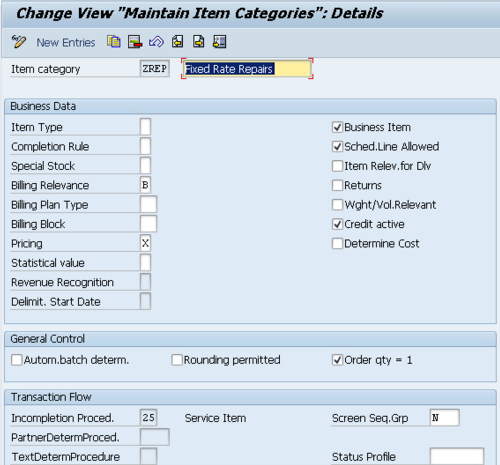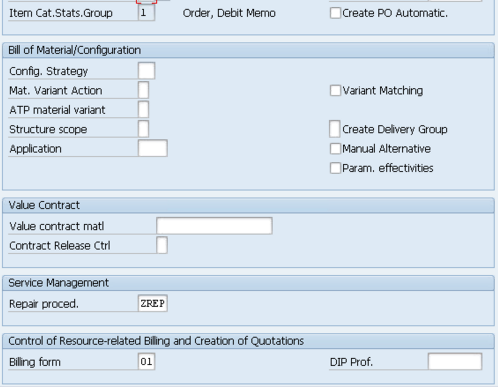I wanted to continue the series on how service can truly help your business. Today, let’s talk about the service Notifications ROI, or return on investment. All too often, I hear business’ complain about the number of transactions within the service management module. While I agree, for small businesses, there can be a lot of transactions, but what is often overlooked, or perhaps unused, is the beneficial data in all of those transactions.
This first piece is one of the most valuable, and most overlooked benefits of the service notification. That is the ability to offer the most cost effective warranty to your customer that you can. Now, all too often, everyone is concerned with if the product is under warranty. But in your customer’s mind, the best products have the longest warranties. Well, what if you could offer your customers an additional 3 months of warranty, without it costing you any more?
Well, if you pay attention to your service notifications, you can determine by product, how many issues do you encounter within 3 months? 6 months? 1 year? Let’s say you offer a 3 month warranty on a particular product. If you analyze your data, and find that 90% of your issues occur after 4 months, you could suddenly extend your warranty to 4 months, and you won’t experience any more service notifications. This now gives your customers an additional month of “piece of mind”. Perhaps, this gives you the edge against your competition that only offers a 3 month warranty.
Best of all, you’ve just gave your customers a nice little bonus and it costs you nothing but updating your literature =)
Thanks for Reading,

